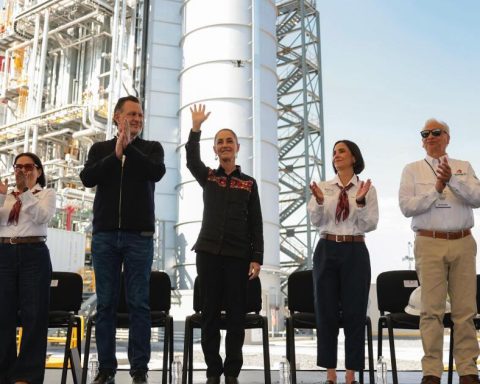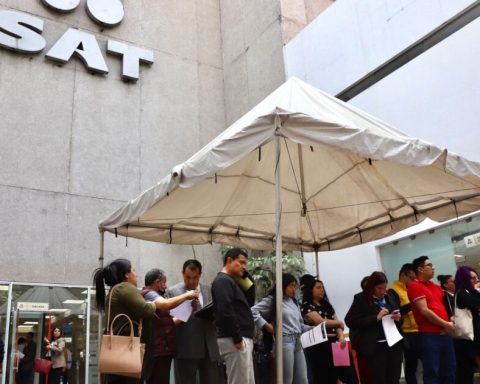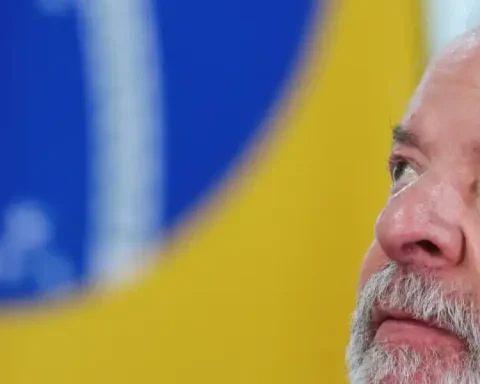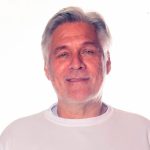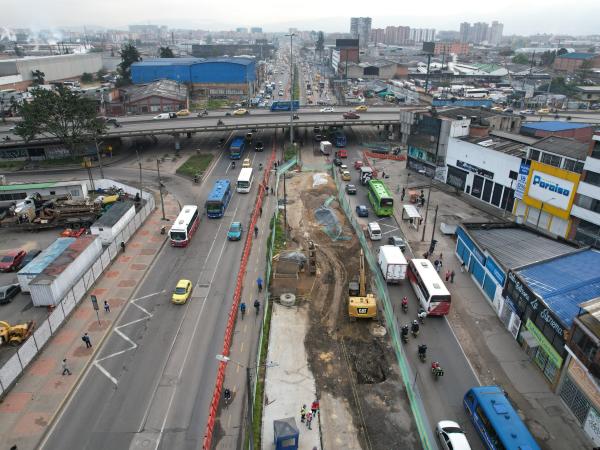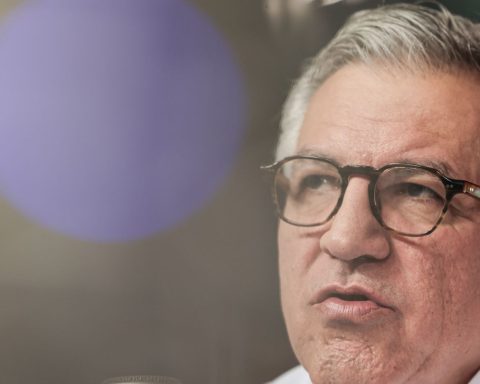Gustavo Leal F.
L
Health requires serious investment in priority areas. This requires establishing real infrastructure needs. Is the La Clínica es Nuestra program the way to allocate additional resources?
Zoé Robledo, director of the IMSS, reported that the OPD-IMSS-Bienestar seeks improve
physical conditions, equipment, access to medicines in primary health centers: units with one or two clinics that provide basic clinical care; health promotion; vaccination, prevention and also diagnosis, as well as treatment of diseases treated in localities of between 500 and 6 thousand families, always counting on a doctor and two nurses (morning conference, 4/9/24).
It will operate in nine thousand units with one to two offices, 937 with three to five and 304 with six to nine; in addition, there are 891 centers with more than 10 offices and 219 with expanded services. The universe is distributed in 23 states, 2,122 municipalities of 10,688 localities. Coahuila, Durango and Yucatán, which are not affiliated to federalization, have IMSS-Coplamar units, where will exist
the clinic.
The operating rules establish that it will activate transfers to the Health Committees for Well-being (Cosabis) established in health centers. The population determines the integration of the Cosabi of the unit and is assigned to it. transfers
for community-determined action on infrastructure, equipment and furniture.
It is a program of subsidies
in which the community identifies and decides the use of resources. Based on assemblies, create
the Cosabis with a president, technical secretary, treasurer (following the program The School is Ours) and five members who identify needs and use resources, supervising improvements in the centers based on needs.
And how were those Cosabis installed? According to Robledo, in March of this year we started trainings
and with servants of the nation, We started
the assemblies. The goal is 8,176 assemblies with 75 percent progress. Without a doubt, an astonishing speed for something that in the original IMSS-Bienestar Program took months, but for Robledo this
will allow the community to have appropriation
about where your health is taken care of, and ID
of the further
urgent: waterproofing, walls, perimeter fences, electrical installation, room for the medical intern, acquisition of equipment. He then added that there were Cosabis in 11,807 centers and that, on June 1, they would begin to disperse resources. There is no better guardian
of public money that the people. We have 11 thousand 807 assemblies
: 99 percent progress (morning conference, 5/7/24), and at the conference on 6/4/24, Robledo reported that the budget for 2024 for all Cosabis would be 5 billion pesos.
The viability of Cosabis –which will manage a budget and will be very different from the original IMSS-Biniestar Program where, with a census, each UMR served 7 communities, establishing from there the needs for supplies and equipment, also marking levels of epidemiological risk– will confirm whether they represent the appropriate way to allocate extra resources and whether they are truly community-based and have arisen from true community action.
Furthermore, the Cosabis elected an assembly and committee for each centre (first level), but they do not mention inter-community work: who will represent the needs of the nearby communities? If the Cosabis are for infrastructure and medical care, where are prevention and self-care for health? Finally, everything will depend on whether they established real interlocutors in the community. The quality and results of the Clínica es nuestra will depend on this new design, paying special attention to the execution of resources.
During the 1980s and up to 1990, with Primary Health Care and Community Action, the original PIB operated reasonably well in dispersed marginalized communities. The PAN-PRI administrations (2000-18) destroyed its mission: they dismantled the support strategies for PHC and the reinforcement of AC through health committees formed by community assemblies.
These strategies followed three axes: training leadership groups so that they could train the community in self-care education, with institutional/community courses lasting at least 40 hours – including for rural health assistants, renamed by Calderonism as rural health volunteers –, with up to 90 days of continuous training and weekend leave to visit their families. The training was reinforced with printed materials designed by the medical and community action areas. The second axis measured achievements, progress and goals, identifying limitations, obstacles and gaps, supervising the 47 regions served. The third specified the training in tasks that the community already carried out: human development, productive projects, gender.
The original IMSS-Bienestar Program worked on community training. How will La Clínica es nuestra train them now? Is this the way to find additional resources?
UAM-X


